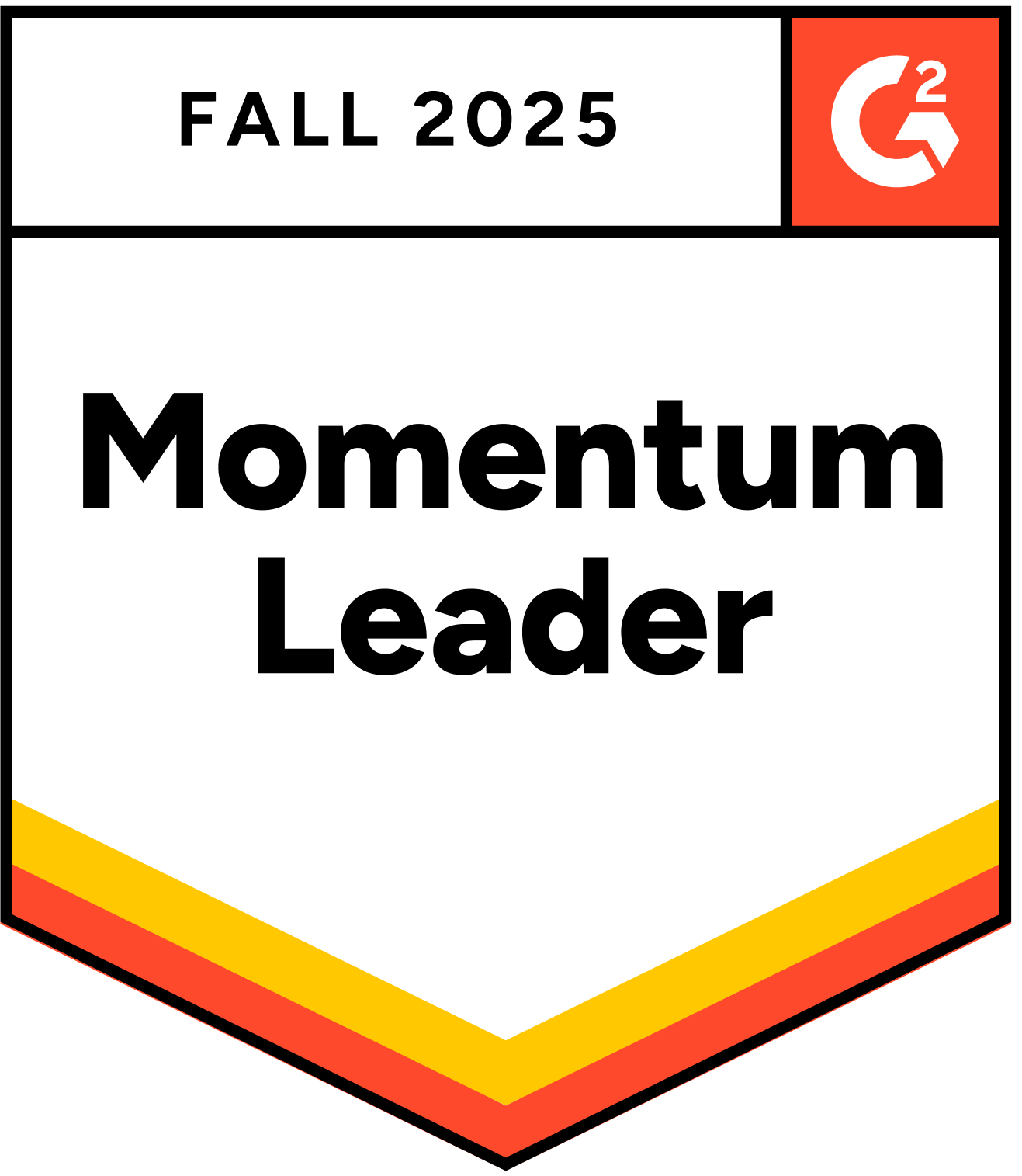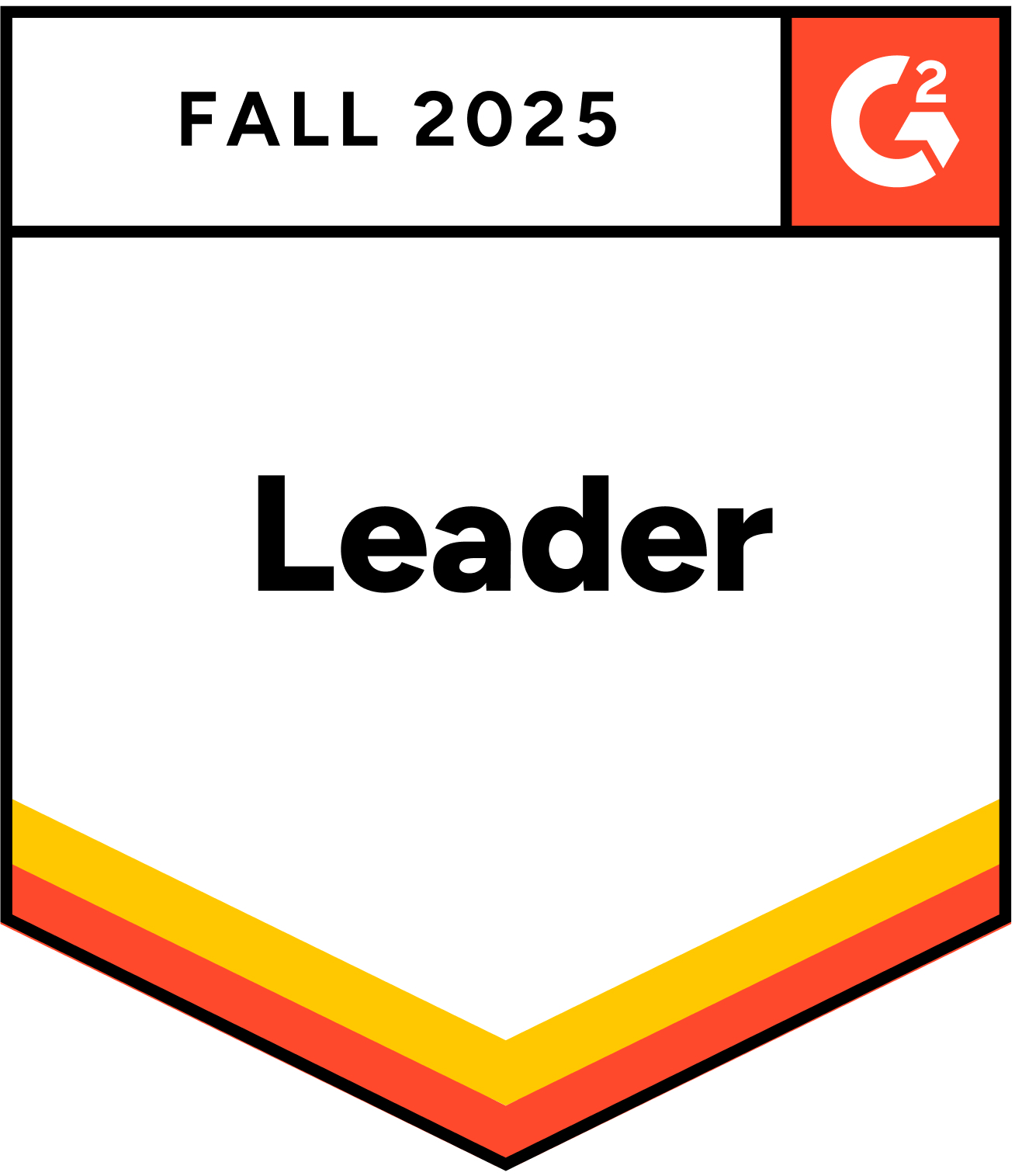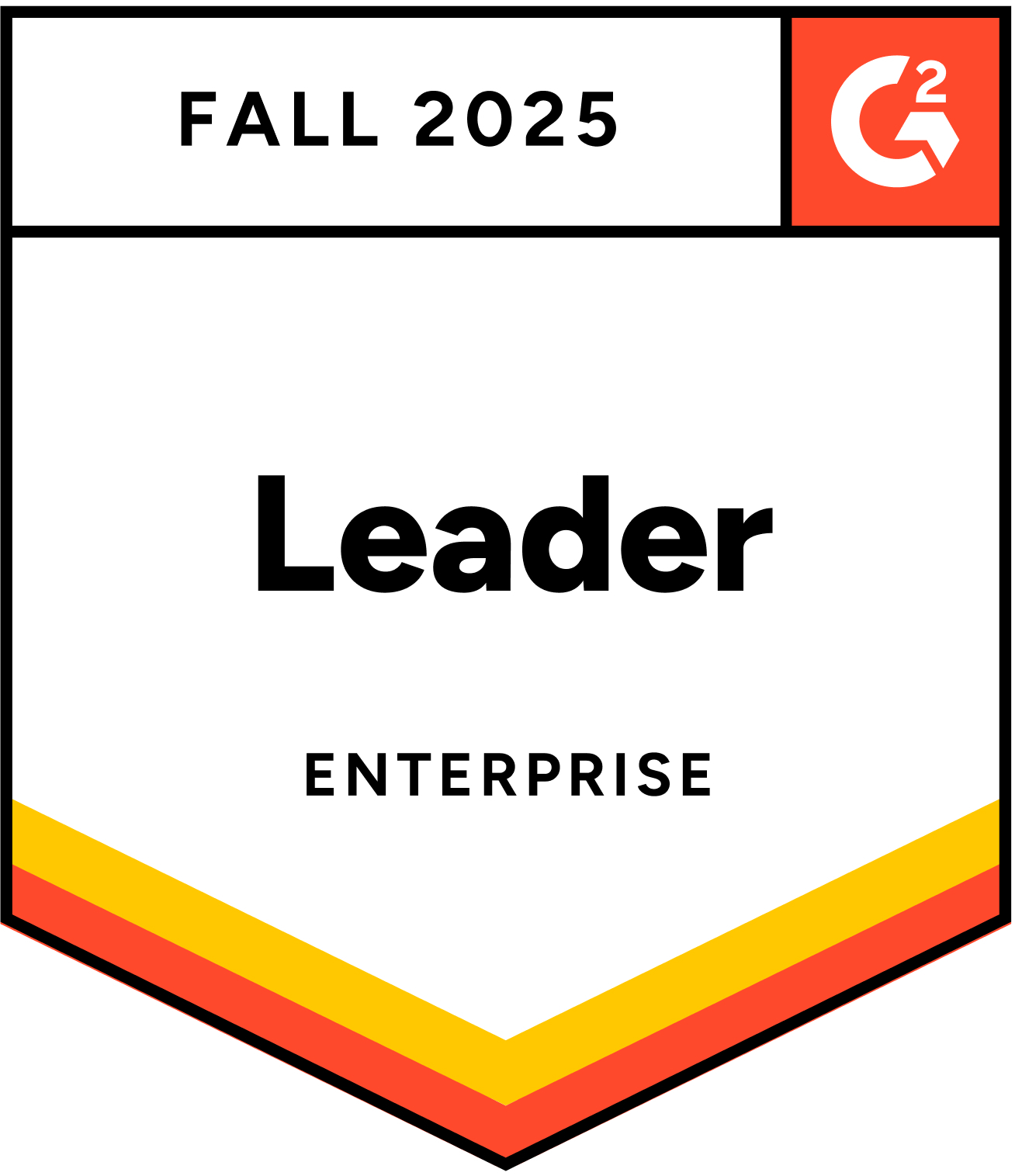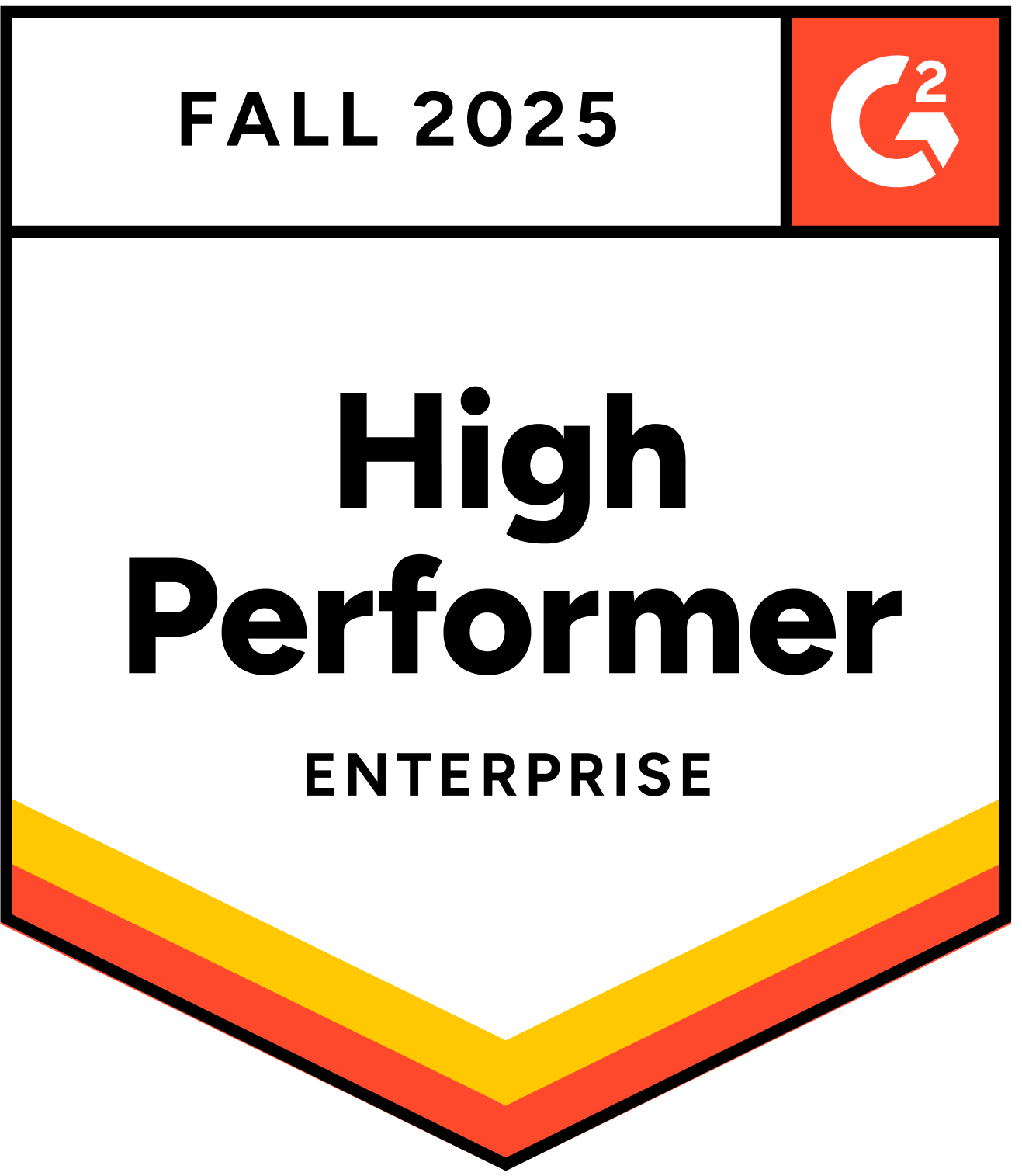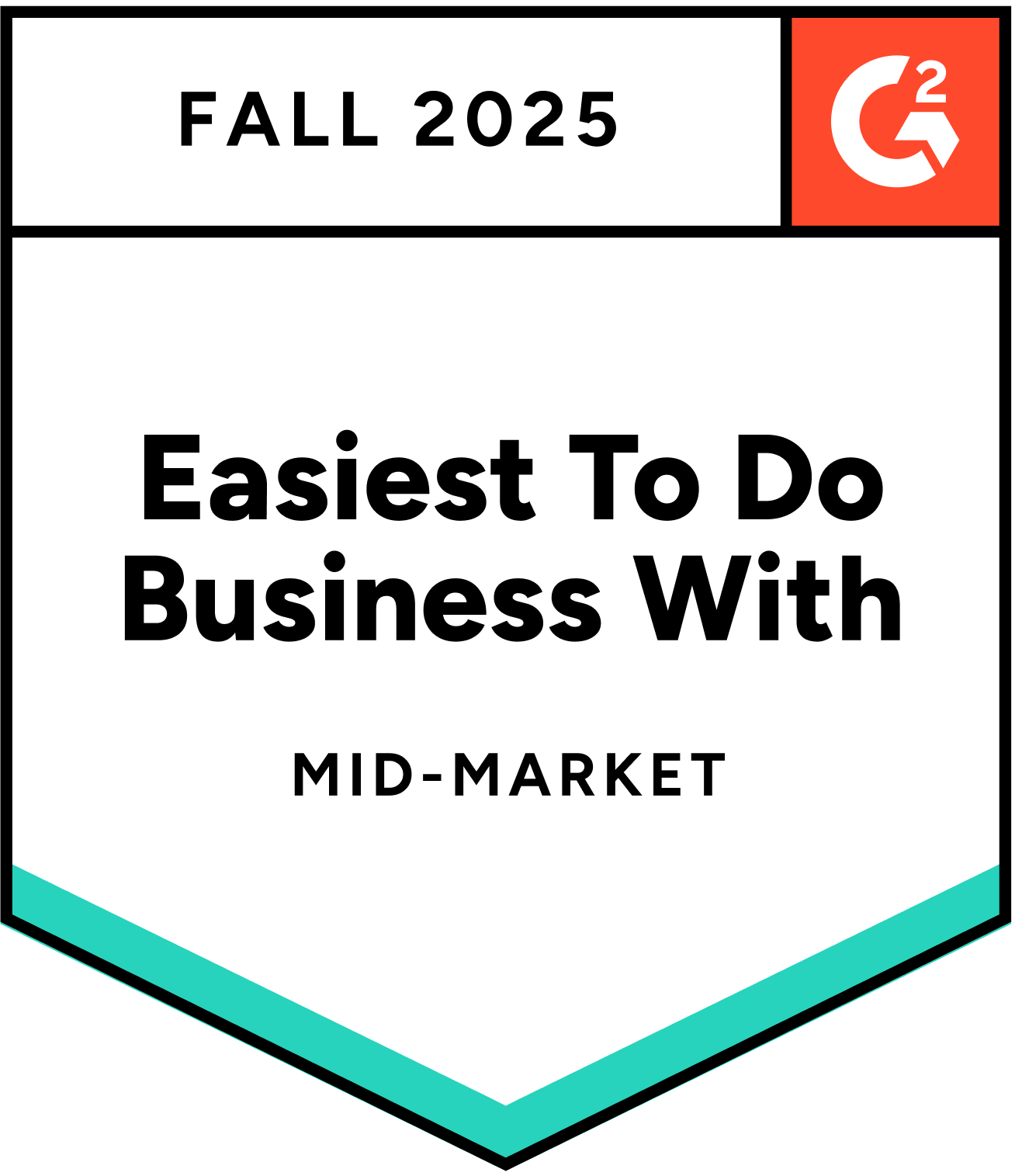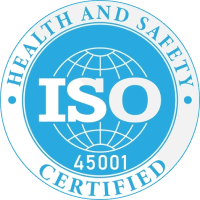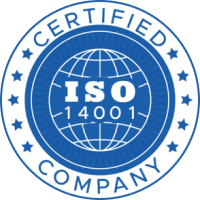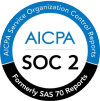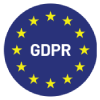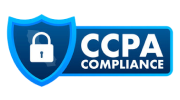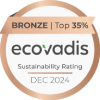I’m Roohi, director of customer success at Joveo. I’ve had what you might call a zigzag career – HR, operations, product, growth, and now customer success. Each stop taught me something I use every day in customer success.
HR taught me about people, operations about process, product about building at scale, and growth about defining outcomes. Now when I work with customers, I focus on what actually moves their business forward.
Beyond Checking Boxes
Partnering with clients means understanding what’s really happening in their business, not just doing what they ask for. You need to understand what their metrics actually mean to their business, not just hit numbers.
Often, the biggest impact comes from small automations that save clients hours of manual work. Simple solutions that don’t require innovation, just insight into what’s actually slowing them down.
The Key to Building Trust
The key to building trust is straightforward: being authentic and transparent with your customers.
You don’t want to hide when something goes wrong. Tell them upfront what’s not working. This builds real relationships.
I had an instance where a campaign wasn’t performing well. Instead of waiting it out, we reached out immediately and said, “This isn’t working.” We worked together on a different strategy and pivoted. When we collaborated on that solution, we delivered success.
Sometimes conversations are difficult – adjusting strategy midway, making changes – but that’s what builds partnerships.
Turning Data Into Stories
I take wins and turn them into narratives for other clients. I go back to customers and say, “Here’s the challenge we faced, what we did, how we overcame it.” Not just the metrics, but real outcomes – faster hires, more qualified candidates, improved candidate experience.
Instead of saying “Here’s what we did,” I frame it as “Here’s what we did for somebody just like you.” This makes the difference between a case study and a solution they can envision for themselves.
The 40% Moment
One client success story stands out. We worked with a customer who had high hiring volume needs. When you can’t fill those roles, the business impact is severe.
We pivoted strategy multiple times, made changes throughout the process. We ended up getting them the hires they needed at 40% lower cost.
Those moments stick with you. They give you the boost to want to do more. When you can find efficiencies like that, you gain a partner for life.
“We Only Want to Work With You”
Success, to me, equals any challenge turned into an opportunity. That’s been my approach throughout my zigzag career and now in customer success.
The feedback that sticks with me most? When a client said, “We only want to work with you.” That tells you what you’re doing matters and has a real impact on their business.
The other moment was when someone said, “You seem like an extended part of my team.” That’s when you know you’ve moved beyond vendor status.
My Favorite Part
My favorite part of the client journey is having a strategy in your mind, putting it into action, and then seeing results. That aha moment when everything clicks.
When that happens, you’re solving problems together and creating something neither side could achieve alone.
Curious what the rest of our leaders have to say? Explore the full series on YouTube.
Video Transcript
Jennifer: Hey, we’re here with Roohi, director of customer success. Thank you for spending time with me today.
Roohi: Thank you for having me.
Jennifer: Yeah, you have a cross-functional background, HR, ops, product, growth, and customer success. You have a passion for problem solving through collaboration. We said you’re gonna solve all my problems, so.
Roohi: Of course.
Jennifer: Strength for solving complex problems, as well. And then we’re gonna talk about what it means to partner with clients, build trust, and drive value. So tell me a little bit about you. You’ve worked across many areas, ops, products, CS, which is customer success. How has it shaped your approach to customer success?
Roohi: So I’ve had a bit of a zigzag career, HR, ops, customer success, product growth, and truly those have been like an asset to customer success because that gives me a well-rounded perspective. And HR has helped me with people because of ops, I think in process. Product helps me think how to build that scale. Growth has helped me define outcomes. So all in all, when I’m working with customers, it’s not about just checking boxes, it’s about doing things that really matter for them, thinking big picture, solving problem for them. And when I truly partner with them in that sense, it makes them a true partner instead of just a vendor.
Jennifer: Yeah, yeah.
Roohi: I think that partnership and being able to advise, understand, to your point, looking at what are the big items that you can lift? And when you think about the product as well, I mean helping shape what someone needs is so important. And then I think oftentimes product adds a huge value because you know there’s a lot of automation that you can suggest. You know there’s a lot of manual work going on behind the scenes for all of the customers. It does not need like an innovative thing to happen. A small automation saves a lot of hours for them.
Jennifer: Love that. What does it truly mean to partner with clients, not just serve them?
Roohi: So I would say not just doing what they ask for. Sometimes you have to really think about, you know, what are the challenges they’re facing, just being in the trenches with them, understanding their challenges, problems, all of that. And even to the extent of you know navigating all of the internal dynamics, and not just being able to like do the immediate deliverable, what is on the paper, the KPI, truly understanding what they need and helping drive outcomes is what I feel.
Jennifer: That’s great. How do you go about building trust in creating long-term trust versus just transactional? Trust is so important. I feel like it’s hard to build it. It’s easy to break, right? So how do you build it and then maintain it?
Roohi: That’s an interesting question and one of the most difficult things to do. And I think the cheat code to that is probably just being authentic and true to your customers. You do not want to be hiding when something happens, going up front and telling them, “Hey, something’s not working out.” And I think that actually builds relationships, deeper connections. And I did have like an instance where the campaign was not performing extremely well. And then instead of just waiting on, we reached out and we said, “Hey, it is not working, right.” And then what we did together is basically worked on a different strategy and then we pivoted, right. And when we worked together on that, we did deliver success, right. And that was the moment where it led to like deeper connections. So I think if you’re able to do that, advise them and not agree on everything. Sometimes the conversations can be a little bit harder, just adjusting the strategy midway, making all of those changes. And I think that would help build like the long-term trust and partnerships. Yeah, I think there are really difficult conversations, but when you say, “This won’t work and here’s why,” right instead of just doing it and not working, and then they’re like, “Well, if you knew it didn’t work, why didn’t you tell me?” So it’s kind of like catch-22, being able to deliver and at the same time advising, but it does long-term little trust overall. Yeah, and then if you think about it, it’s like customers coming in, spending thousands of dollars with you, and then you do not want to waste their money. And then there’s a lot that is riding on it, right? So you would want to like give a heads up right at the front instead of just waiting until the end. Yeah, absolutely.
Jennifer: So storytelling is key to your role. How do you use case studies, client narratives to show the impact of Joveo solutions? How do you tell that story? There’s so much that Joveo does from a product standpoint. How do you land it?
Roohi: So storytelling is definitely important. I think data is important, right? And then if you can turn that data into a story, that’s when it can have like a huge impact. So what I try to do is I take out the wins and then turn them into narratives, right? And then go back to the customers and say, here’s the challenge that we faced, what we did, how did we overcome that, right? And then not just the metrics part of it, but also like real outcomes like, hey, I was able to get somebody hires faster, get them more qualified candidates, improve the candidate experience, and all of that stuff, right? And then if you go back to them and say that, hey, here’s what we did, instead of saying that you say, hey, here’s what I did for somebody just like you. And I think that data backed emotional connection will actually like, you know, have a significant impact.
Jennifer: What’s one client success story that stands out to you? Like what was your biggest win or greatest moment from a success standpoint or had it, it was something building trust is a great moment.
Roohi: Actually we did, we worked with a lot of customers, right? And one of the challenges that we were facing with was the customer had like high hiring volume need. And then you understand, right? If they don’t fill those roles, I think the impact that it can have on their business. And then we worked with them together, pivoted a lot of that made so many changes to the strategy midway, throughout the way. And then I think, you know, we were able to like get them those hires at like a lower cost, like almost like 40% lower cost. So I think those movements basically stick with you and then they give you that boost to want to do more. Yeah, I think we’re in this dynamic market too when you think about how no one it’s an unknown across and when you can just find efficiencies, find dollars, that’s a huge win for clients overall. And then you have like a partner for life. Right. Not a customer.
Jennifer: Yeah, absolutely. Partner for life. I like that. We should make sure we take that. I like it versus partner for life success versus customer successful. Put that on the suggestion. I’m sure I love it. Okay, rapid fire Q&A, Roohi. All right. One word to describe how client relationships are.
Roohi: Collaborative.
Jennifer: A moment when a client’s feedback stuck with you?
Roohi: So I think there were actually two moments. One when somebody said, “Hey, we only want to work with you.” And that actually says that, you know, it matters what you’re doing and it’s having like a impact on whatever they’re doing right on their side of the house. And I think the other, I would probably say is, “Hey, you seem like an extended part of my team.” And that feels like one team. Yeah, I love that. The extension versus just a vendor or another, being a partner is truly that space you want to play in.
Jennifer: Favorite part of the client journey?
Roohi: Favorite part. I think you have a strategy, something in your mind. And when you put that strategy there and then you start seeing results, I think that aha moment.
Jennifer: Yeah, I love that. I love that. Success equals?
Roohi: Success equals, I would probably say any challenging or challenge basically turned into an opportunity.
Jennifer: I love that. Favorite superhero?
Roohi: Superhero. I think I had a lot of them, maybe right now, I would say Iron Man.
Jennifer: Iron Man, yeah. Okay, so they call you Wonder Woman as well. So tell me a little bit about that.
Roohi: So it’s a funny story because I had my name as Roohi on the Slack handle, right? And then I was like, “Let me try something out.” And then I said, “Let me put Superman or something,” right? Just randomly. And then somebody pointed out and said, “Hey, there are female superheroes as well.” So I said, “Yeah, let me put it as Wonder Woman.” And that’s how it came. There’s no story to that. And then it’s ticked.
Jennifer: I love it. I love it. All right, thank you for your time today. I appreciate it so much. It was great getting to know you a little bit more and talk about customer success. Thank you so much.
Roohi: Thank you for having me.



